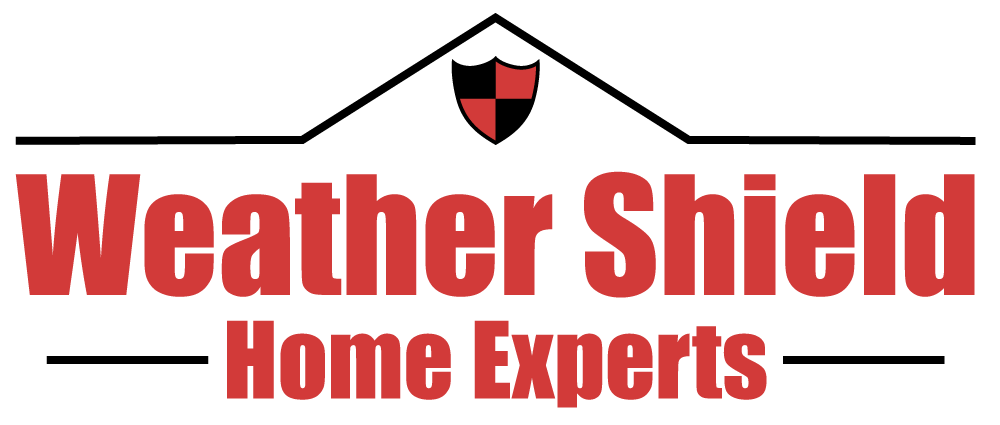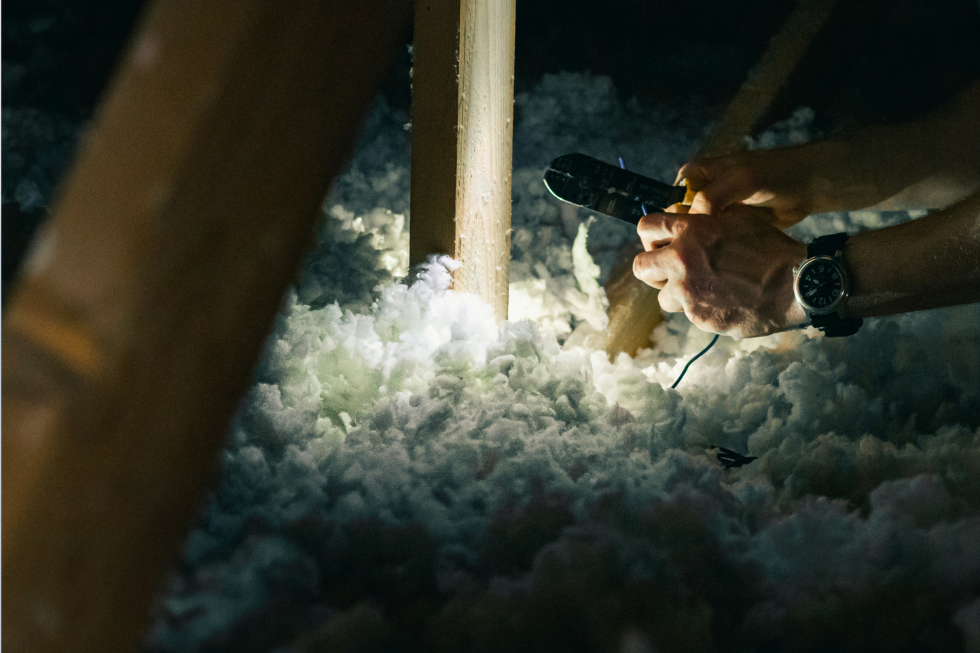As a homeowner, maintaining a comfortable living environment while managing energy costs is a constant balancing act. One of the most effective ways to achieve this balance is through proper attic insulation. At Weather Shield Home Experts, we’re here to help guide you through the essentials of attic insulation, helping you make informed decisions that will enhance your home’s energy efficiency and overall comfort.
The Importance of Attic Insulation
Attic insulation serves as a barrier to heat loss and gain, keeping your home warm in the winter and cool in the summer. Without adequate insulation, your home can lose up to 25% of its heat through the roof. This not only affects your comfort but also leads to higher energy bills as your heating and cooling systems work harder to maintain the desired temperature.
Types of Attic Insulation
Choosing the right type of insulation is crucial for maximizing energy efficiency. Here are the most common types of attic insulation:
- Fiberglass Batt Insulation
- Pros: Easy to install, cost-effective, widely available.
- Cons: Requires precise cutting to fit around obstructions, can leave gaps if not installed correctly.
- Best For: DIY enthusiasts looking for a quick, affordable solution.
- Blown-In Insulation
- Pros: Excellent coverage, ideal for irregularly shaped spaces, can be installed over existing insulation.
- Cons: Requires professional installation, higher upfront cost.
- Best For: Homes with complex attic layouts or existing insulation that needs supplementation.
- Spray Foam Insulation
- Pros: High R-value per inch, provides air sealing, moisture-resistant.
- Cons: Expensive, professional installation required, potential for over-application.
- Best For: Maximum energy efficiency and air sealing in homes with high energy bills.
Assessing Your Insulation Needs
Before adding or upgrading your insulation, it’s essential to assess your current insulation levels and needs. Here are some steps to guide you:
- Inspect Existing Insulation: Check for visible gaps, uneven coverage, or signs of damage such as mold or pests. Measure the thickness of your current insulation and compare it to the recommended levels for your region.
- Calculate R-Value Requirements: The R-value measures insulation’s resistance to heat flow. Higher R-values indicate better insulating properties. Consult local building codes or the Department of Energy’s recommendations for your area.
- Evaluate Attic Ventilation: Proper ventilation is crucial to prevent moisture buildup and maintain insulation effectiveness. Ensure your attic has adequate vents and airflow.
DIY vs. Professional Installation
Deciding whether to tackle insulation yourself or hire a professional depends on several factors, including the complexity of your attic space and your comfort level with home improvement projects.
- DIY Installation: Ideal for straightforward spaces and those with some DIY experience. Fiberglass batt and blown-in insulation are the most DIY-friendly options. Be sure to follow safety guidelines, including wearing protective gear and ensuring proper ventilation.
- Professional Installation: Recommended for complex attic layouts, spray foam insulation, or if you’re unsure about your ability to complete the project. Professionals can provide expert advice, precise installation, and often come with warranties for their work.
Benefits of Upgrading Your Insulation
Investing in new or additional attic insulation offers numerous benefits:
- Lower Energy Bills: Improved insulation reduces the strain on your heating and cooling systems, leading to significant energy savings.
- Enhanced Comfort: Consistent indoor temperatures and fewer drafts make your home more comfortable year-round.
- Environmental Impact: Reduced energy consumption lowers your carbon footprint, contributing to environmental sustainability.
- Increased Home Value: Energy-efficient homes are more attractive to potential buyers, potentially increasing your property’s resale value.
Common Insulation Mistakes to Avoid
To ensure you get the most out of your insulation investment, avoid these common pitfalls:
- Ignoring Air Leaks: Insulation is most effective when air leaks are sealed. Pay attention to gaps around windows, doors, and electrical outlets.
- Over-Compacting Insulation: Compressing insulation reduces its effectiveness. Ensure insulation is fluffed to its full thickness.
- Blocking Ventilation: Proper attic ventilation is essential. Avoid covering vents with insulation materials.
- Using the Wrong Type of Insulation: Different areas of your home may require different types of insulation. Consult with a professional to determine the best materials for your specific needs.
Proper attic insulation is a cornerstone of energy efficiency and home comfort. Whether you’re considering a DIY project or hiring professionals, understanding the types of insulation, assessing your needs, and avoiding common mistakes can make a significant difference in your home’s energy performance. At Weather Shield Home Experts, we are here to help you every step of the way, ensuring you make the best choices for your home and your wallet. Invest in your attic insulation today and enjoy the benefits of a more comfortable and energy-efficient home.
Ready to transform your home into a haven of safety, beauty, and peace of mind? Contact Weather Shield to explore our comprehensive range of services, from insulation to roofing and beyond. Choosing Weather Shield for your home exterior service needs means entrusting your home to a company that is deeply committed to service excellence, integrity, reliability, and unparalleled craftsmanship. As a GAF Master Elite Certified Roofing Company, we offer a variety of architectural and designer shingles. Only 2% of roofers in North America are invited to become GAF Master Elite Contractors. Let us help you make your home more comfortable, efficient, and beautiful.

